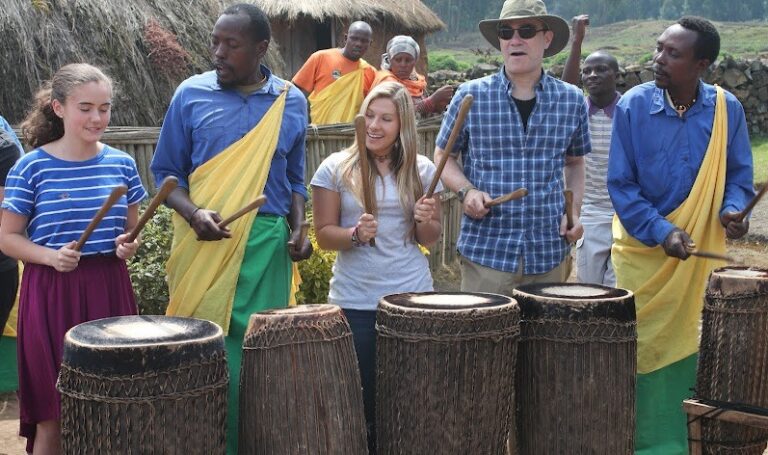Introduction: Diverse Culture of Rwanda
Rwanda, located in East Africa, is known for its breathtaking scenery, wildlife, and diverse culture. The country’s unique customs and traditions are reflected in its cuisine and dining etiquette. Rwanda’s cuisine is a fusion of traditional African dishes and colonial influences. The country’s food is known for its simplicity, healthy ingredients, and unique flavors. Dining in Rwanda is a communal experience, where friends and family gather to share a meal and engage in conversation.
Traditional Rwandan Cuisine
Rwandan cuisine is based mainly on plant-based foods that include vegetables, beans, and fruits. The country is also known for its famous dish, “Ubugali,” which is a staple food made from cassava or maize flour. The dish is usually served with different types of sauces, including beans, vegetables, and meat. Another popular dish is “Isombe,” which is a stew made with cassava leaves, spinach, and eggplants. Milk is also a significant part of Rwanda’s cuisine, and it’s often used to make yogurt, cheese, and butter.
Dining Customs and Etiquette
Dining in Rwanda is a communal experience that is steeped in tradition and culture. It’s common for guests to wash their hands before sitting down at the table, and they are often served water to rinse their hands. In most households, the food is served on a large tray or plate, and guests are encouraged to eat with their hands. It’s considered rude to use utensils, and guests are expected to use their right hand while eating.
Sharing Food and Utensils
In Rwanda, sharing food is a sign of respect and hospitality. It’s common for guests to share a plate or dish, and it’s also not uncommon to see people eating from the same plate or bowl. Guests are encouraged to take small portions of food and to leave some for others to share. It’s also customary to offer food to others before eating it yourself. Similarly, sharing utensils is a common practice in Rwanda, and it’s not uncommon to see people sharing spoons or forks.
Importance of Handwashing
Handwashing is an essential part of Rwanda’s dining customs and etiquette. It’s believed that washing your hands before eating is a sign of respect for the host and the other guests. In most households, guests are given water to rinse their hands before sitting down to eat. It’s also common to see handwashing stations at restaurants, and guests are encouraged to wash their hands before entering the dining area.
Conclusion: Hospitality in Rwanda
Dining in Rwanda is a unique and communal experience that reflects the country’s diverse culture and traditions. Guests are welcomed with open arms and are encouraged to engage in conversation and share food. Rwandan cuisine is simple yet flavorful, and it’s based mainly on plant-based foods. Dining etiquette in Rwanda places a significant emphasis on handwashing, sharing food, and utensils. Overall, dining in Rwanda is a beautiful and hospitable experience that is not to be missed.

